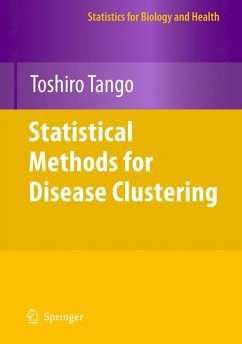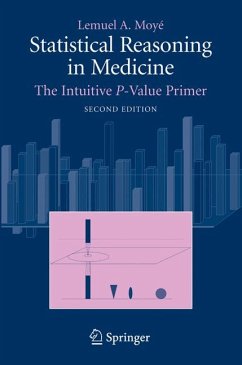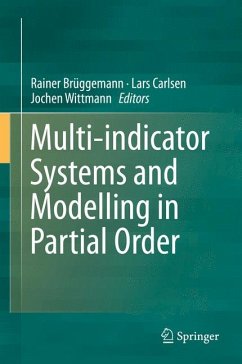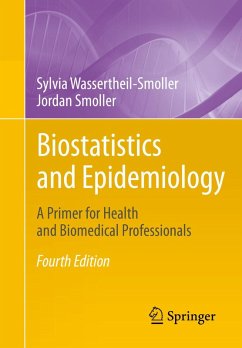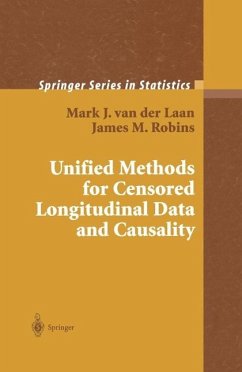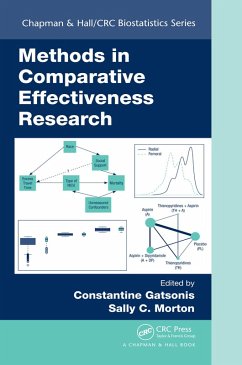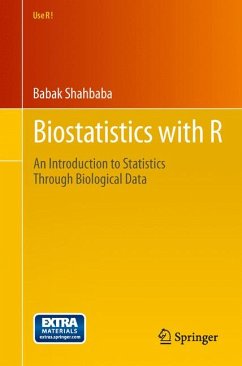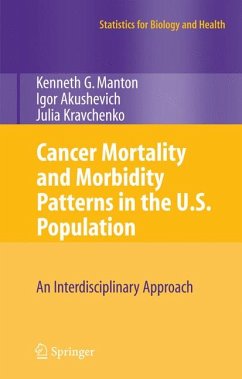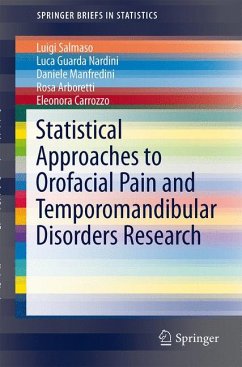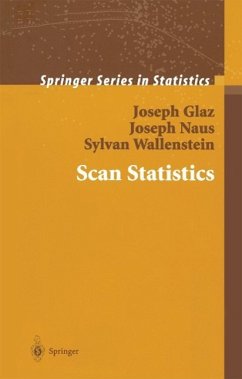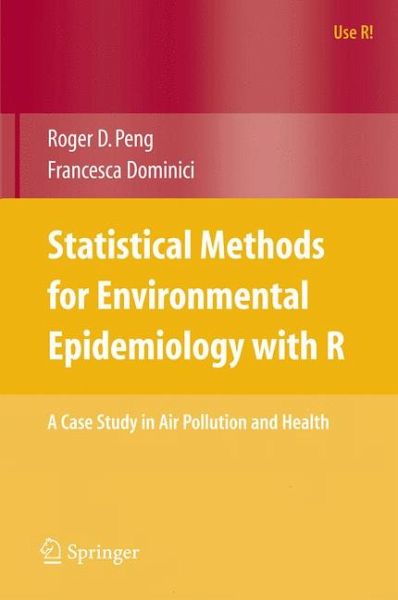
Statistical Methods for Environmental Epidemiology with R (eBook, PDF)
A Case Study in Air Pollution and Health
Versandkostenfrei!
Sofort per Download lieferbar
64,95 €
inkl. MwSt.
Weitere Ausgaben:

PAYBACK Punkte
32 °P sammeln!
Advances in statistical methodology and computing have played an important role in allowing researchers to more accurately assess the health effects of ambient air pollution. The methods and software developed in this area are applicable to a wide array of problems in environmental epidemiology. This book provides an overview of the methods used for investigating the health effects of air pollution and gives examples and case studies in R which demonstrate the application of those methods to real data. The book will be useful to statisticians, epidemiologists, and graduate students working in ...
Advances in statistical methodology and computing have played an important role in allowing researchers to more accurately assess the health effects of ambient air pollution. The methods and software developed in this area are applicable to a wide array of problems in environmental epidemiology. This book provides an overview of the methods used for investigating the health effects of air pollution and gives examples and case studies in R which demonstrate the application of those methods to real data. The book will be useful to statisticians, epidemiologists, and graduate students working in the area of air pollution and health and others analyzing similar data.
The authors describe the different existing approaches to statistical modeling and cover basic aspects of analyzing and understanding air pollution and health data. The case studies in each chapter demonstrate how to use R to apply and interpret different statistical models and to explore the effects of potential confounding factors. A working knowledge of R and regression modeling is assumed. In-depth knowledge of R programming is not required to understand and run the examples.
Researchers in this area will find the book useful as a ``live'' reference. Software for all of the analyses in the book is downloadable from the web and is available under a Free Software license. The reader is free to run the examples in the book and modify the code to suit their needs. In addition to providing the software for developing the statistical models, the authors provide the entire database from the National Morbidity Mortality and Air Pollution Study (NMMAPS) in a convenient R package. With the database, readers can run the examples and experiment with their own methods and ideas.
Roger D. Peng is an Assistant Professor in the Department of Biostatistics at the Johns Hopkins Bloomberg School of Public Health. He is a prominent researcher in the areas of air pollution and health risk assessmentand statistical methods for spatial and temporal data. Dr. Peng is the author of numerous R packages and is a frequent contributor to the R mailing lists.
Francesca Dominici is a Professor in the Department of Biostatistics at the Johns Hopkins Bloomberg School of Public Health. She has published extensively on hierarchical and semiparametric modeling and has been the leader of major national studies of the health effects of air pollution. She has also participated in numerous panels conducted by the National Academy of Science assessing the health effects of environmental exposures and has consulted for the US Environmental Protection Agency's Clean Air Act Advisory Board.
The authors describe the different existing approaches to statistical modeling and cover basic aspects of analyzing and understanding air pollution and health data. The case studies in each chapter demonstrate how to use R to apply and interpret different statistical models and to explore the effects of potential confounding factors. A working knowledge of R and regression modeling is assumed. In-depth knowledge of R programming is not required to understand and run the examples.
Researchers in this area will find the book useful as a ``live'' reference. Software for all of the analyses in the book is downloadable from the web and is available under a Free Software license. The reader is free to run the examples in the book and modify the code to suit their needs. In addition to providing the software for developing the statistical models, the authors provide the entire database from the National Morbidity Mortality and Air Pollution Study (NMMAPS) in a convenient R package. With the database, readers can run the examples and experiment with their own methods and ideas.
Roger D. Peng is an Assistant Professor in the Department of Biostatistics at the Johns Hopkins Bloomberg School of Public Health. He is a prominent researcher in the areas of air pollution and health risk assessmentand statistical methods for spatial and temporal data. Dr. Peng is the author of numerous R packages and is a frequent contributor to the R mailing lists.
Francesca Dominici is a Professor in the Department of Biostatistics at the Johns Hopkins Bloomberg School of Public Health. She has published extensively on hierarchical and semiparametric modeling and has been the leader of major national studies of the health effects of air pollution. She has also participated in numerous panels conducted by the National Academy of Science assessing the health effects of environmental exposures and has consulted for the US Environmental Protection Agency's Clean Air Act Advisory Board.
Dieser Download kann aus rechtlichen Gründen nur mit Rechnungsadresse in A, B, BG, CY, CZ, D, DK, EW, E, FIN, F, GR, HR, H, IRL, I, LT, L, LR, M, NL, PL, P, R, S, SLO, SK ausgeliefert werden.




